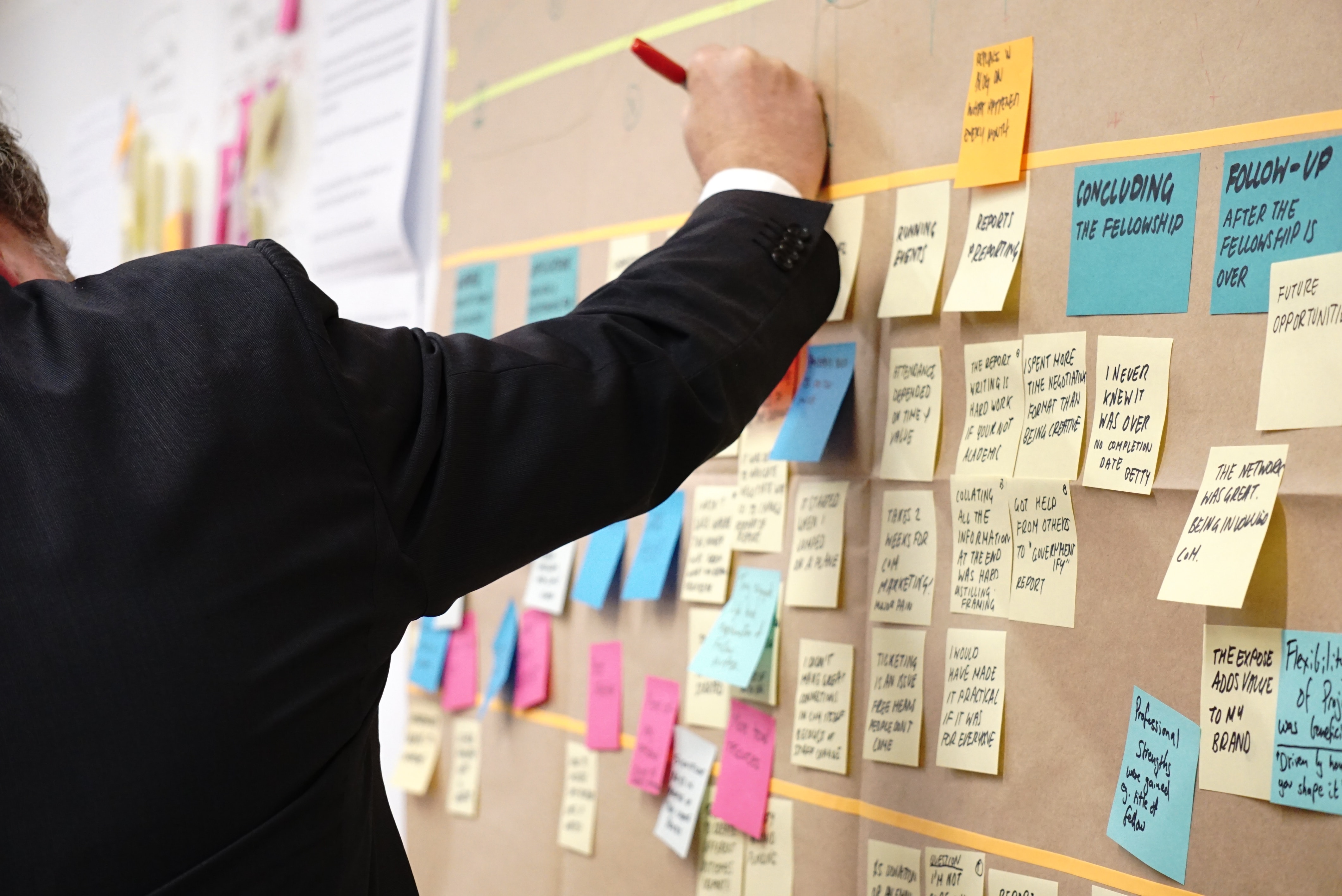How to Enhance User Experience with Mobile UI Patterns
Apr 2, 2023

Widespread use of mobile devices
With the widespread use of mobile devices, creating an exceptional user experience (UX) has become a top priority for designers and developers. Mobile UI patterns play a significant role in achieving this goal by providing a consistent, intuitive, and seamless experience for users. In this blog post, we'll explore various mobile UI patterns and share practical tips on how to enhance user experience by implementing them effectively.
Simplify Navigation with Hamburger Menus and Tab Bars
Navigating through an app should be effortless for users. Utilize hamburger menus to condense complex navigation options into a clean and organized menu, while tab bars allow users to quickly access frequently-used sections of the app. Make sure your menu options are clearly labeled and easy to understand.
Engage Users with Visually Appealing Card Layouts
Card layouts make it easy for users to scan and interact with content. Use this UI pattern to present information in a visually appealing and organized manner. Ensure that each card focuses on a single topic, and use imagery and concise text to convey your message effectively.
Implement Infinite Scroll and Pull-to-Refresh for Seamless Content Browsing
Infinite scroll and pull-to-refresh are popular UI patterns for content-heavy apps. By automatically loading new content as users scroll and allowing them to refresh the content with a simple gesture, you create a seamless browsing experience that keeps users engaged.
Make Content Discoverable with Search Bars and Filters
A search bar and filter options help users find the content they're looking for quickly and efficiently. Place the search bar in a prominent location and provide users with filtering options to narrow down their search results based on specific criteria.
Utilize Onboarding Tutorials to Educate New Users
Introduce users to your app's features and functionalities with onboarding tutorials. Use tooltips, walkthroughs, or overlay screens to guide users step-by-step through the app. This helps them understand how to navigate and interact with your app, ultimately enhancing their experience.
Incorporate Swipe Gestures for Intuitive Navigation
Swipe gestures provide a natural way for users to navigate through content on touch devices. Implement swipe gestures in areas like image galleries or carousels to create a more engaging and interactive browsing experience.
Use Skeleton Screens to Improve Perceived Loading Times
Skeleton screens serve as placeholders for content as it loads, giving users a sense of progress and reducing their perceived wait time. Implement skeleton screens for a more responsive and engaging user experience, particularly in areas with large amounts of data or slow-loading content.
Streamline User Interactions with Floating Action Buttons
Floating action buttons (FABs) are an excellent way to highlight the primary action within your app. Position the FAB prominently on the screen, making it easily accessible for users to take the most important action in your app.
Prioritize Accessibility for Inclusive Design
Design your app with accessibility in mind to ensure that it can be used by people with various disabilities. Implement features like large touch targets, clear contrast between elements, and support for screen readers to make your app more inclusive and user-friendly.
Test and Iterate for Continuous Improvement
Conduct usability testing to identify areas for improvement in your app's user experience. Gather feedback from users and iterate on your design, making necessary changes to enhance the overall experience.
Conclusion
Mobile UI patterns play a crucial role in creating an exceptional user experience. By implementing these patterns effectively and continuously refining your design, you'll create a user-friendly app that keeps users engaged and satisfied. Stay up-to-date with the latest mobile UI patterns and best practices to ensure your app remains at the forefront of user experience design.